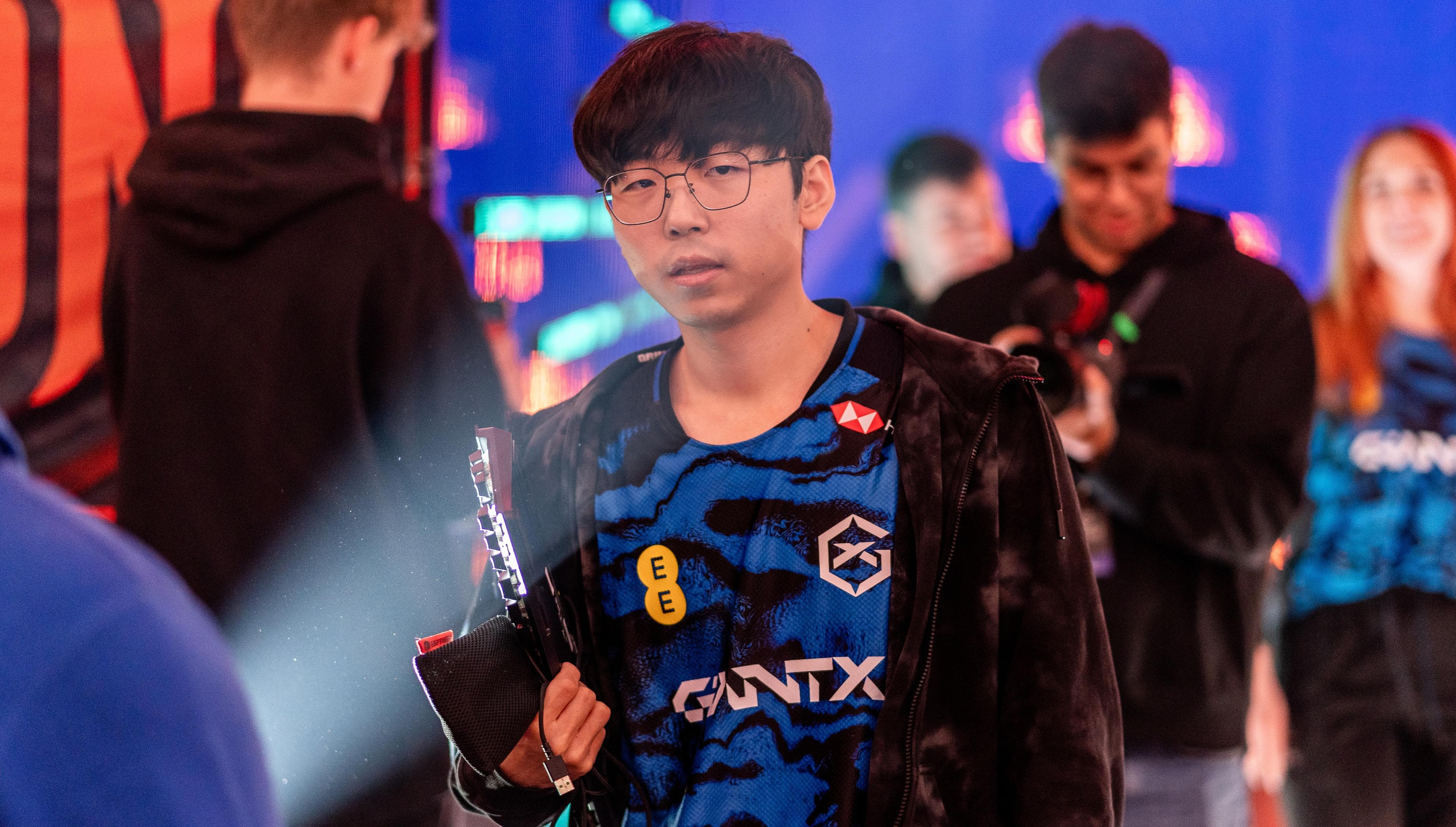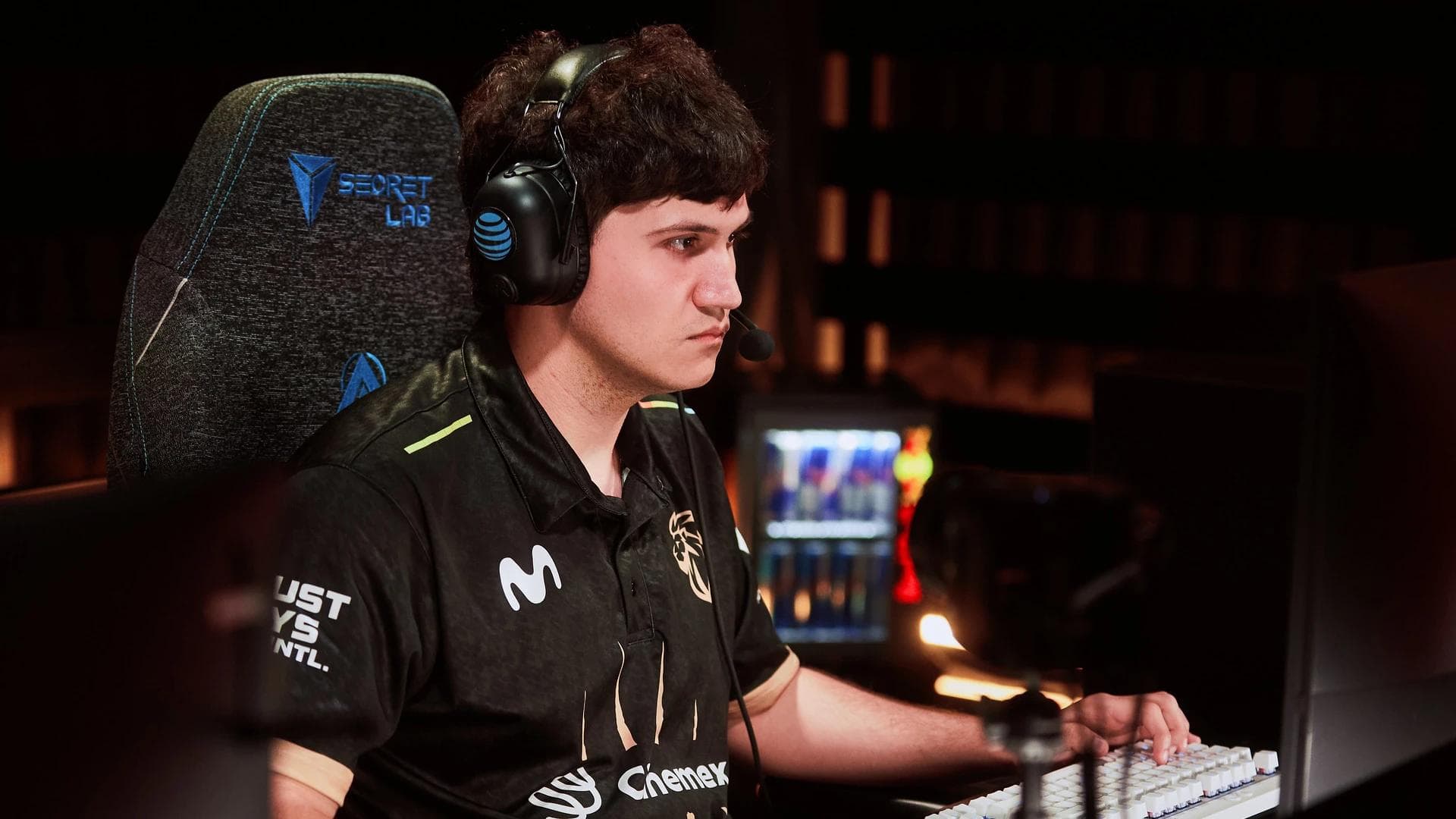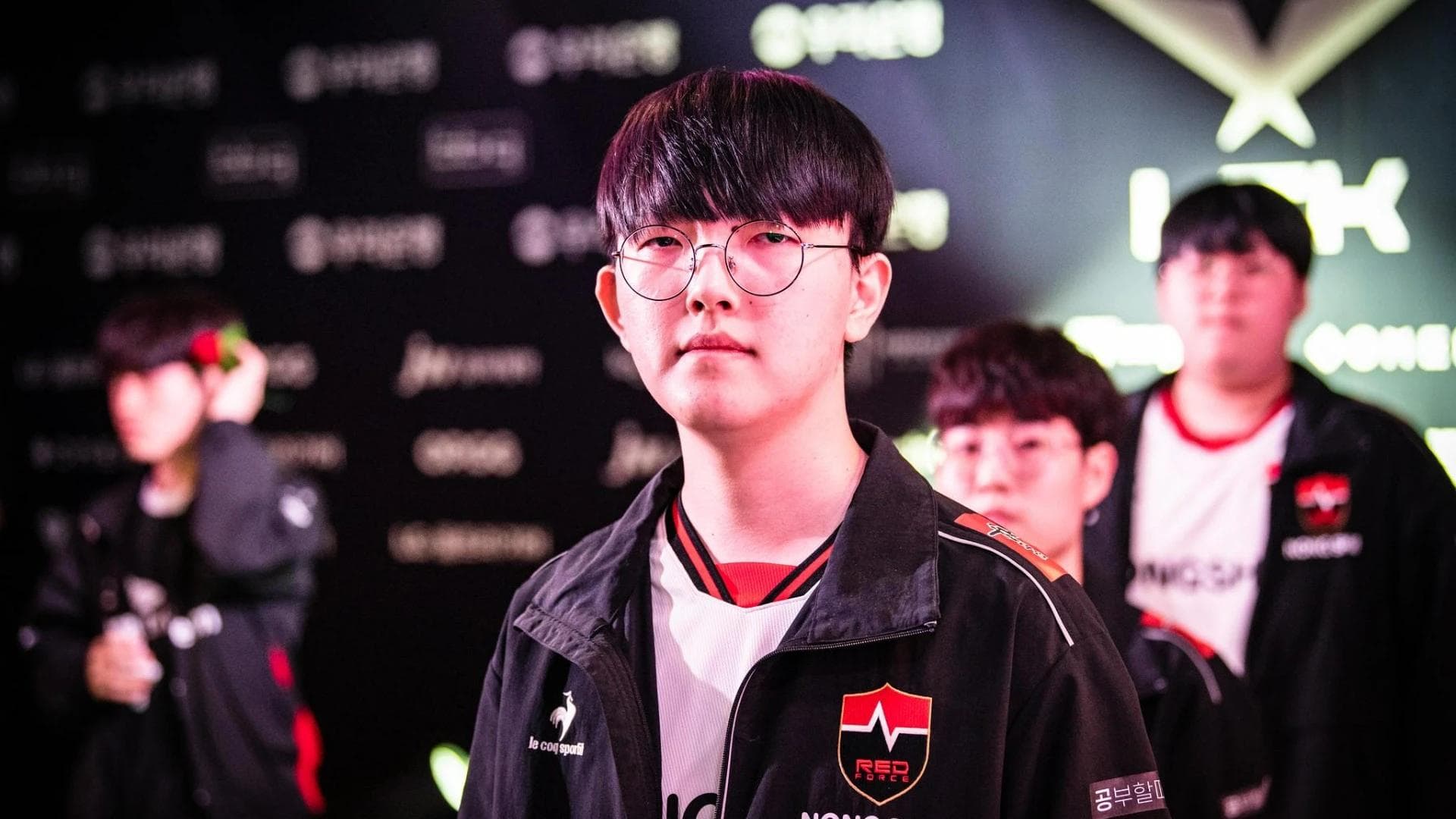"In China, ARAM is the most popular game mode, and players are very passionate about trying new modes"
This year, the League of Legends World Championship returned to China, with stages in Beijing, Shanghai, and Chengdu, placing the spotlight back on one of the biggest yet most opaque regions in the global LoL Esports ecosystem. China’s scale and influence often lead to conversations about how its players approach League and what sets their style apart from other major regions, yet little is known of the biggest region in League of Legends.
“In China, ARAM is the most popular game mode, and players are very passionate about trying new modes,” said Sally Zong, Head of League of Legends Publishing in China at Riot Games. She explained that Chinese players combine competitive instinct with a willingness to experiment in ways that often surprise even Riot’s design team.
Outside LoL Esports’ international events, Riot’s operations in China remain hidden for non-local fans — even though the region drives localized content, publishing decisions, and unique releases that frequently influence global conversation. In an interview with Sheep Esports, Zong offered insight into how this ecosystem works and how China’s scale and structure shape LoL’s evolution in ways that differ from any other region.
Why LoL in China is different
League of Legends functions differently in China because Tencent — not Riot — operates as the primary publisher, managing distribution, regulatory requirements, and large-scale ecosystem development. Noting that Tencent’s role allows LoL to reach players through channels and platforms unique to the Chinese market, Zong called China a “publisher region.”
According to her, one of the unique aspects of the Chinese League audience is its “massive size.” Though she did not share exact numbers — and official numbers are difficult to obtain — the scale is clear during major events, and Sheep Esports’ firsthand observations at Worlds 2025 Finals showed just how well-known is League of Legends in the region.
This large fanbase engages with the game across esports broadcasts, IP content, and creator-driven media, creating a level of cultural presence that is difficult to replicate elsewhere. “This penetration and strong connection have transformed League of Legends from just a game into a shared language and culture for multiple generations,” said Zong.
These conditions allow the game to circulate through daily conversation and media consumption in ways that reinforce the publishing model and shape how the region experiences the game.
How LoL helped its esports to become popular
According to Zhong, the game’s “dominant presence” in China has laid a solid foundation for LoL Esports to become a popular sport among younger generations. She explained that League serves as a common topic of conversation, noting that this social dimension allows LoL Esports to reach an increasingly broader audience.
She also noted that League is supported by a “real global community,” which enhances the excitement around cross-regional competition and strengthens the value of international tournaments. “League of Legends is also one of the few truly global games,” Zong said.
LoL Esports’ rise in China is also tied directly to the structure of the game. According to Zhong, League of Legends has simple rules that are “easy to understand” while still offering “profound strategic depth.” This combination allows new viewers to follow the game easily while giving dedicated fans layers of strategy to explore, supporting long-term competitive engagement in the region.
Domestically, esports content blends into everyday media habits through streaming platforms, creator reactions, and social discussions, creating a loop in which viewing leads to playing and playing reinforces interest in the esport.
Factors contributing to League of Legends’ lasting growth in China
LoL’s longevity in China and globally stems from a combination of factors across gameplay, community, and ecosystem development. Zong emphasized that the value of ‘Player Experience First’ empowers the game and the ecosystem to “win players’ love across time.” Ongoing updates, expanding roster of champions, and regular changes keep the gameplay fresh without disrupting its core identity.
Mode diversity is another driver of retention. In China, ARAM’s popularity reflects broad demand for flexible, accessible play patterns that fit different schedules and preferences. Zong explained that diverse permanent and rotating modes help League of Legends meet the “various needs of playstyles,” which is increasingly important as players balance the game with other digital entertainment.
Content development beyond gameplay also plays a role. Cinematics, art, music projects, and IP-driven storytelling reach audiences far beyond the core community, and China’s major digital platforms amplify these releases at scale. Zong also pointed to the importance of a creator-driven ecosystem and the global esports scene, which together sustain a cycle of engagement. An “effective” monetization system, Zhong noted, helps sustain the live service for players by ensuring the game can continue evolving without compromising its accessibility.
However, many longtime players have raised serious objections to Riot’s shifting monetization strategy, arguing that recent systems feel increasingly like gacha mechanics rather than straightforward cosmetic purchases. For instance, the Sanctum — Riot’s new loot-box model — has drawn backlash for its high “roll” costs and separate pity systems for different banners, which some say mimic gambling more than traditional microtransactions.
Zong’s insights make clear that China’s size and distinct operational model continue to shape how League of Legends develops and adapts over time. The region operates on its own cadence and platforms, yet its influence regularly shapes trends that reach the global community.
Header Photo Credit: Riot Games








/Comments
Write a comment